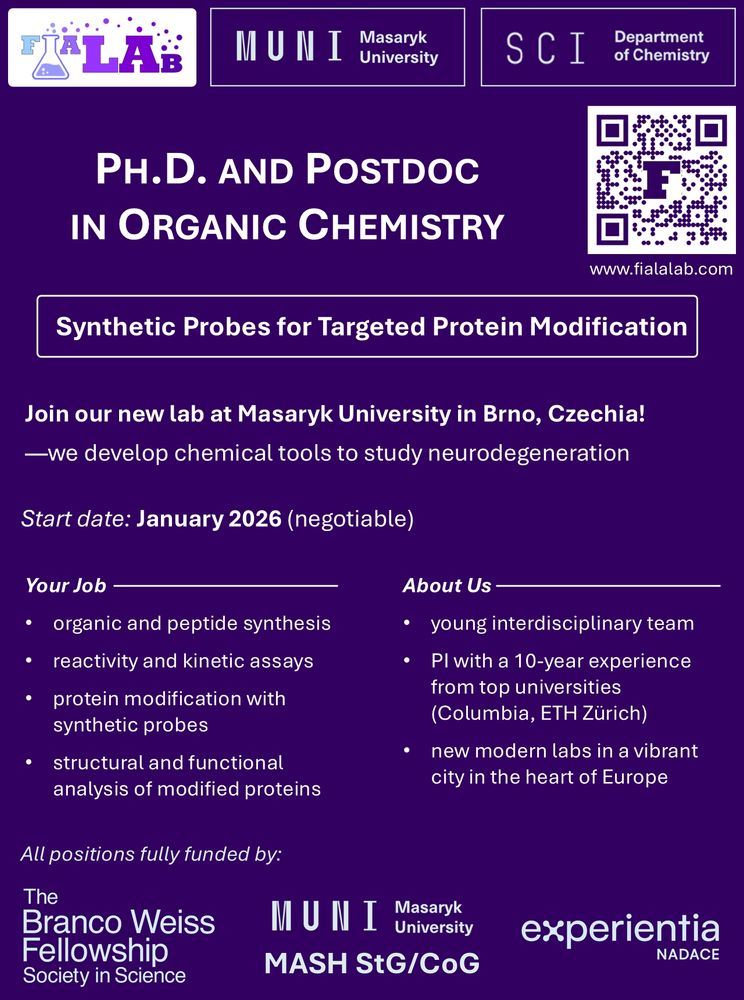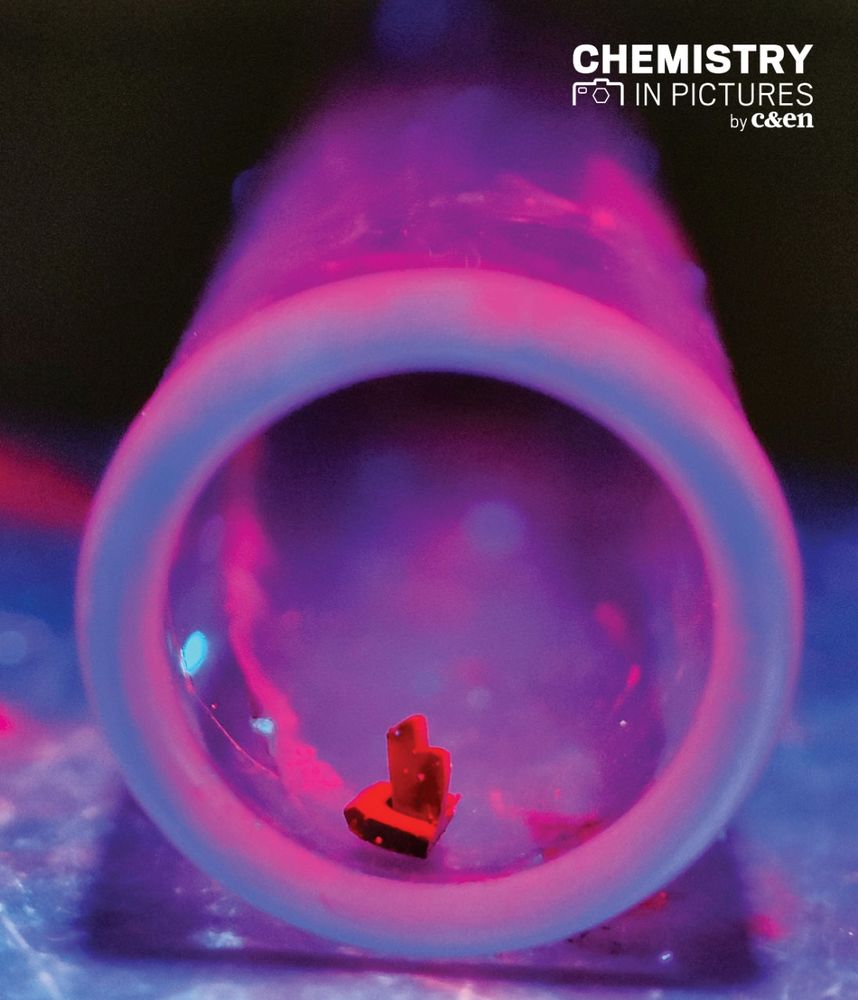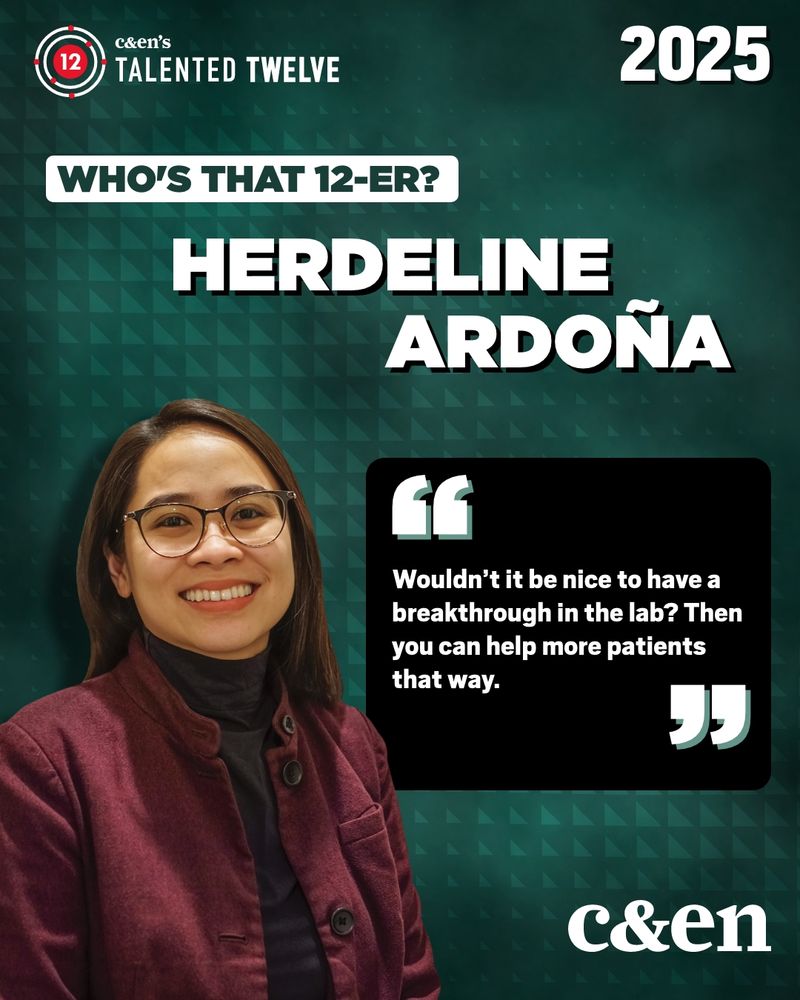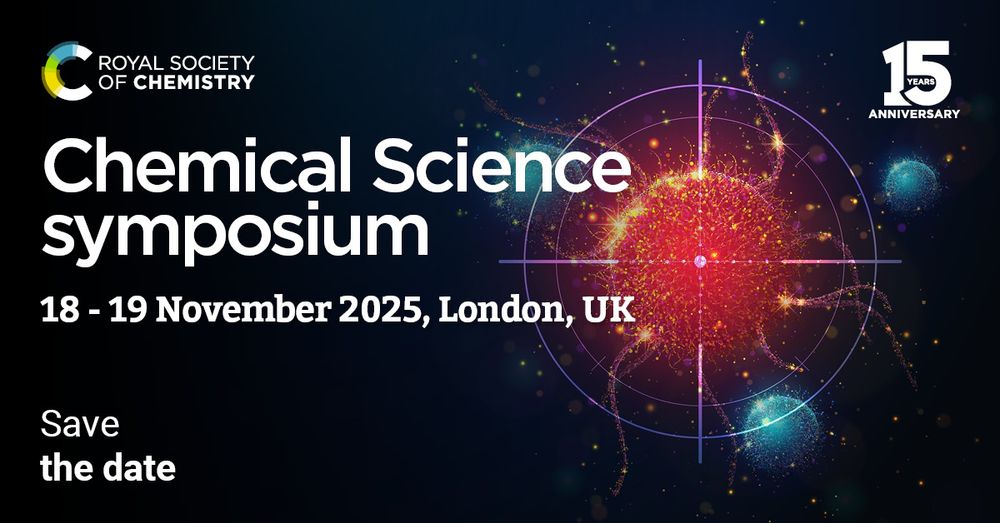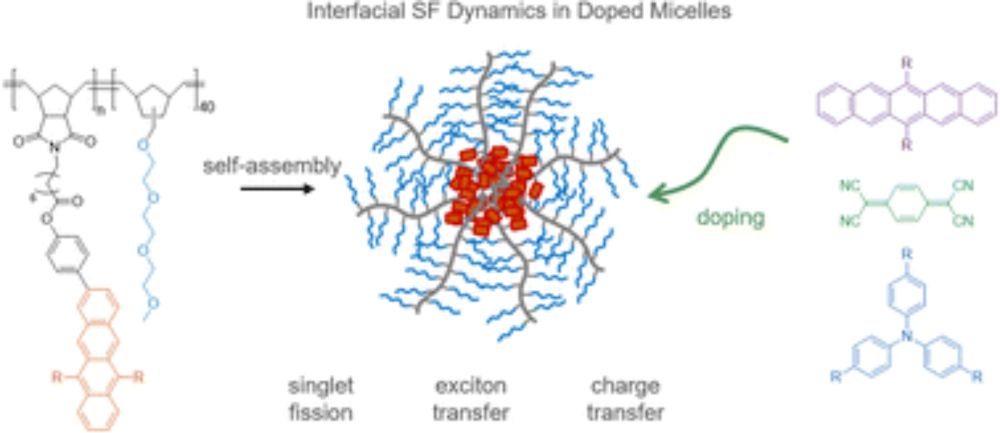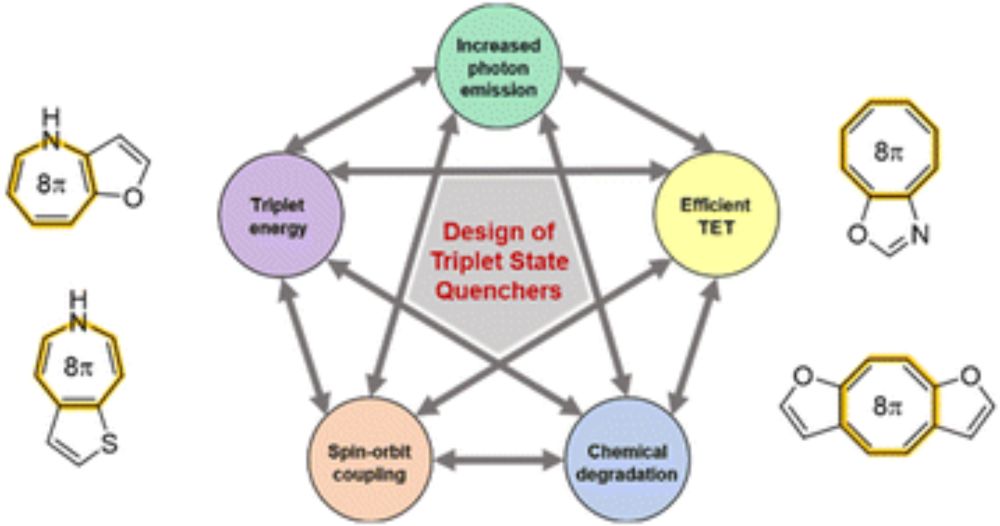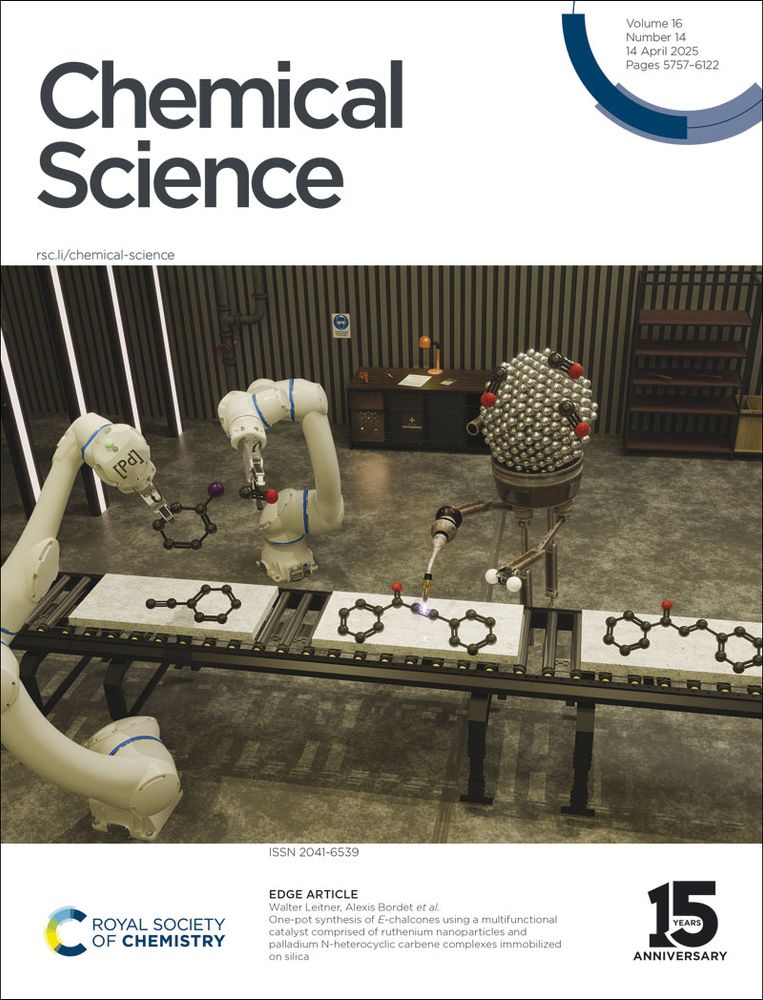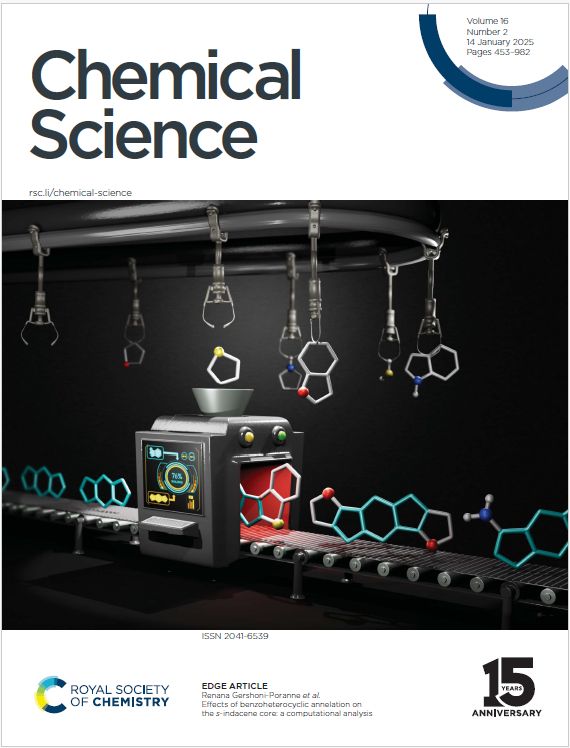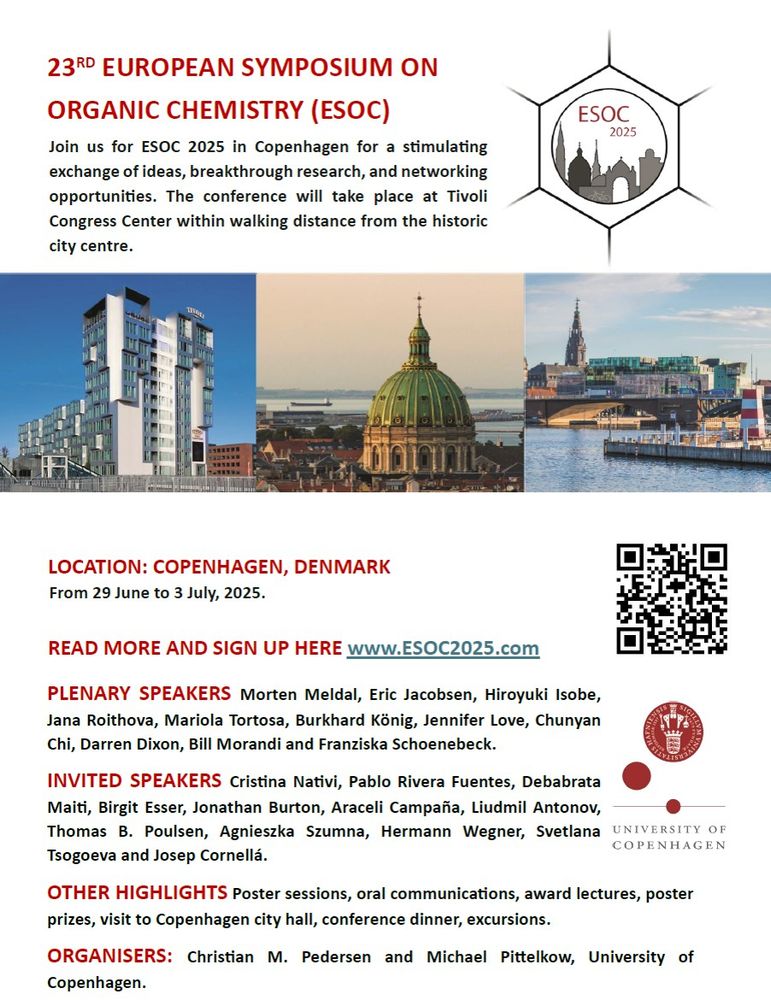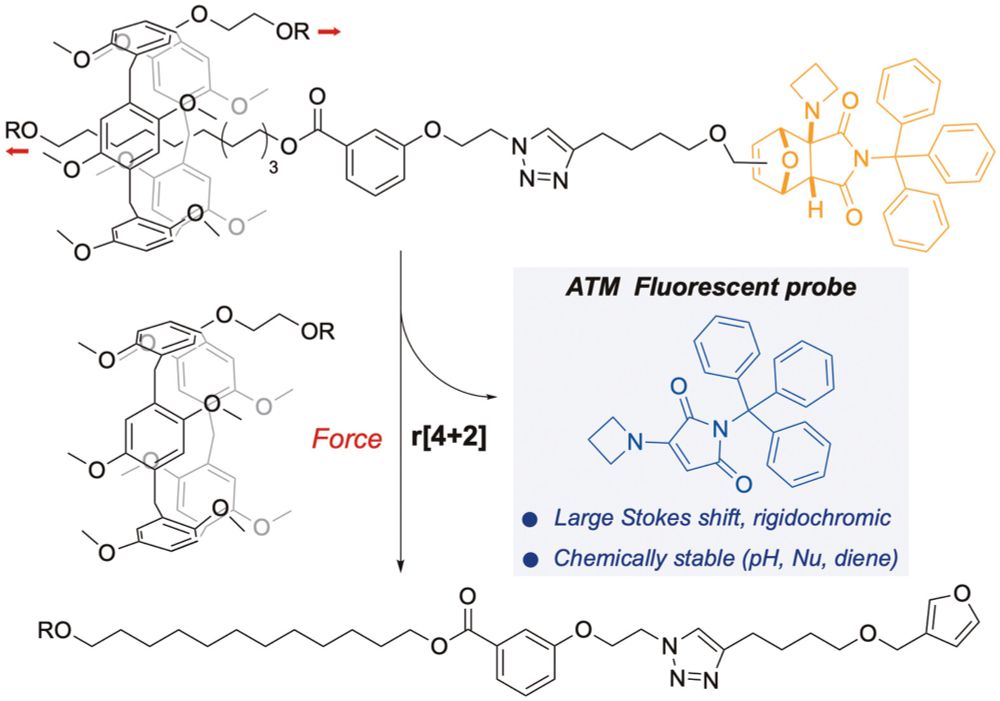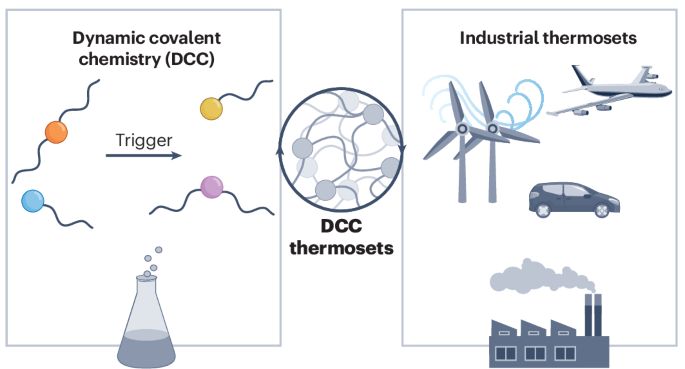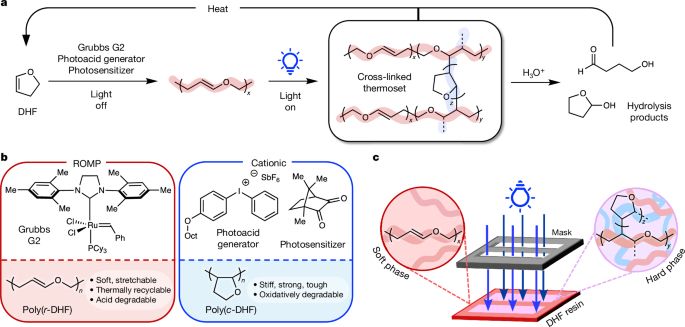Luis Campos
@soyluiscampos.bsky.social
330 followers
350 following
6 posts
Professor of Chemistry, Columbia University @columbiauniversity.bsky.social
Research: Physical Macromolecular Chemistry
Associate Editor: Chemical Science @chemicalscience.rsc.org
www.somoscampos.org
🇲🇽🇺🇸 (he/him)
Posts
Media
Videos
Starter Packs
Reposted by Luis Campos
Reposted by Luis Campos
Luis Campos
@soyluiscampos.bsky.social
· Jul 17
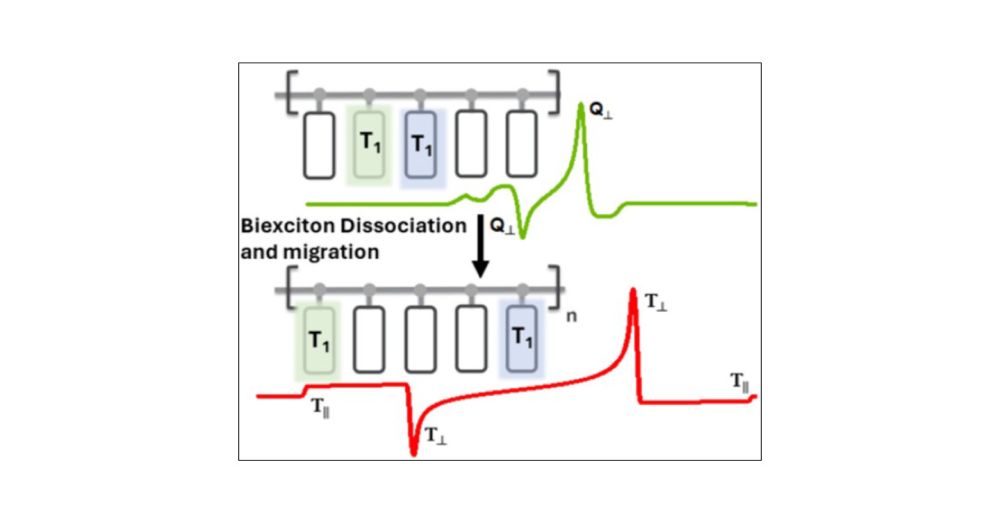
Elucidating Quintet-State Dynamics in Singlet Fission Oligomers and Polymers with Tetracene Pendants
To unlock the potential of molecular engineering for practical quantum sensing and computing, it is essential to create and control pure magnetic states in molecular systems. Singlet fission (SF) in o...
pubs.acs.org
Reposted by Luis Campos
Reposted by Luis Campos
Reposted by Luis Campos
Reposted by Luis Campos
Reposted by Luis Campos
Reposted by Luis Campos
Luis Campos
@soyluiscampos.bsky.social
· Mar 27
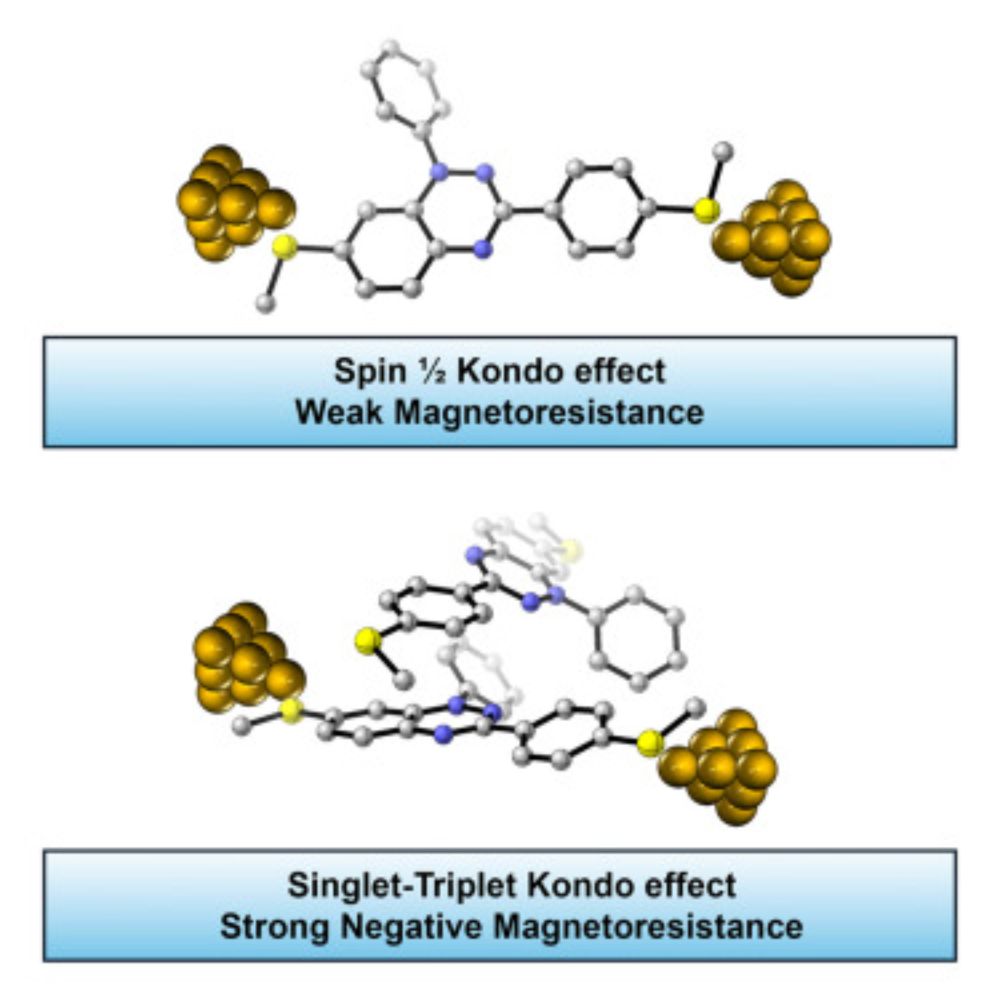
Conventional versus singlet-triplet Kondo effect in Blatter radical molecular junctions: Zero-bias anomalies and magnetoresistance
The Blatter radical has been suggested as a building block in future molecular spintronic devices because of its radical character and expected long s…
www.sciencedirect.com
Reposted by Luis Campos
Reposted by Luis Campos
Reposted by Luis Campos
Chemical Science
@chemicalscience.rsc.org
· Mar 10
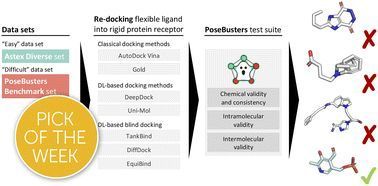
PoseBusters: AI-based docking methods fail to generate physically valid poses or generalise to novel sequences
The last few years have seen the development of numerous deep learning-based protein–ligand docking methods. They offer huge promise in terms of speed and accuracy. However, despite claims of…
doi.org
Reposted by Luis Campos
Mengjiao Wu
@mengjiaowu.bsky.social
· Mar 7
Reposted by Luis Campos
Ivan Aprahamian
@aprahamian.bsky.social
· Jan 16
Reposted by Luis Campos
Reposted by Luis Campos
Reposted by Luis Campos
Dan O'Leary
@doleary47.bsky.social
· Jan 24
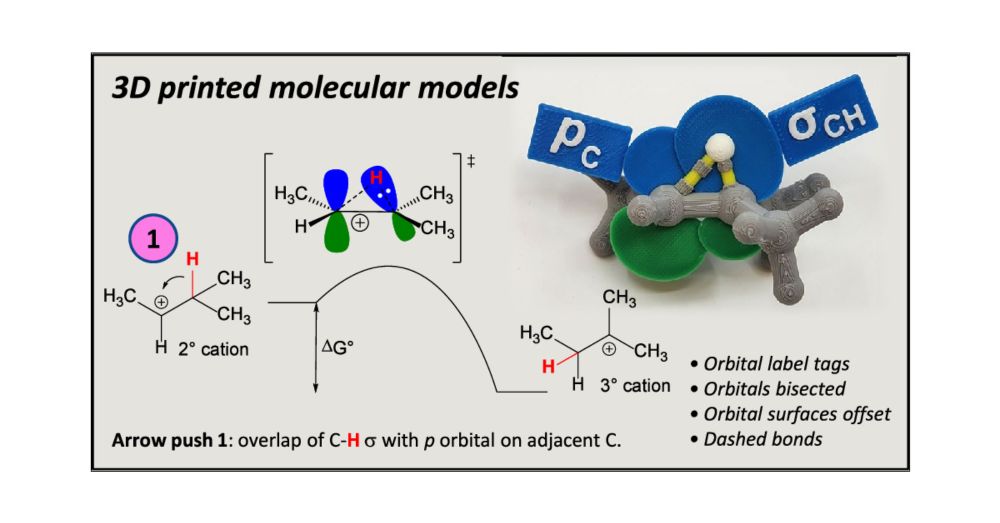
Multicolor 3D-Printed Molecular Orbital Models for a First-Semester Organic Chemistry Course
We have developed a set of multicolor 3D-printed structural and molecular orbital models for use in a first-semester organic chemistry course. These models provide visual and tactile insights regarding aspects of organic structure, reactivity, and mechanistic “arrow pushing”. The set includes: 1. orbital models of σ and π bonding in methane and ethylene, 2. σCH–σ*CH hyperconjugation in staggered and eclipsed ethane conformations, 3. LUMO accessibility in SN2 electrophiles and HOMO–LUMO orbital interactions in SN2 transition states, 4. E2 transition state structure and orbital interactions in β-hydrogen removal and π bond formation, 5. σCH–pC hyperconjugation in the ethyl cation, 6. transition state structure and σCH–pC orbital interactions in a carbocation 1,2-hydride shift, 7. late and early, respectively, Br• and Cl• H atom radical abstraction transition state structures and SOMO orbitals, 8. bromonium ion structure and LUMO orbital, 9. protonated epoxide ion and neutral epoxide structures and LUMO orbitals, 10. transition state structure and orbital interactions in a hydroboration reaction, 11. transition state structure and orbital interactions in the lithium aluminum hydride reduction of formaldehyde, and 12. π molecular orbitals in 1,3-butadiene. The prints are made with hobby-grade 5-color 3D fused deposition modeling (FDM) printers and sized to provide compact take-home class handouts for each student or projected in-class with a document camera. Models are fabricated with orbital or electron density surface bisections and text annotations to enhance information content. Student perceptions of this set of 3D-printed molecular models are generally favorable and have improved their understanding of course materials.
pubs.acs.org
Luis Campos
@soyluiscampos.bsky.social
· Jan 29




